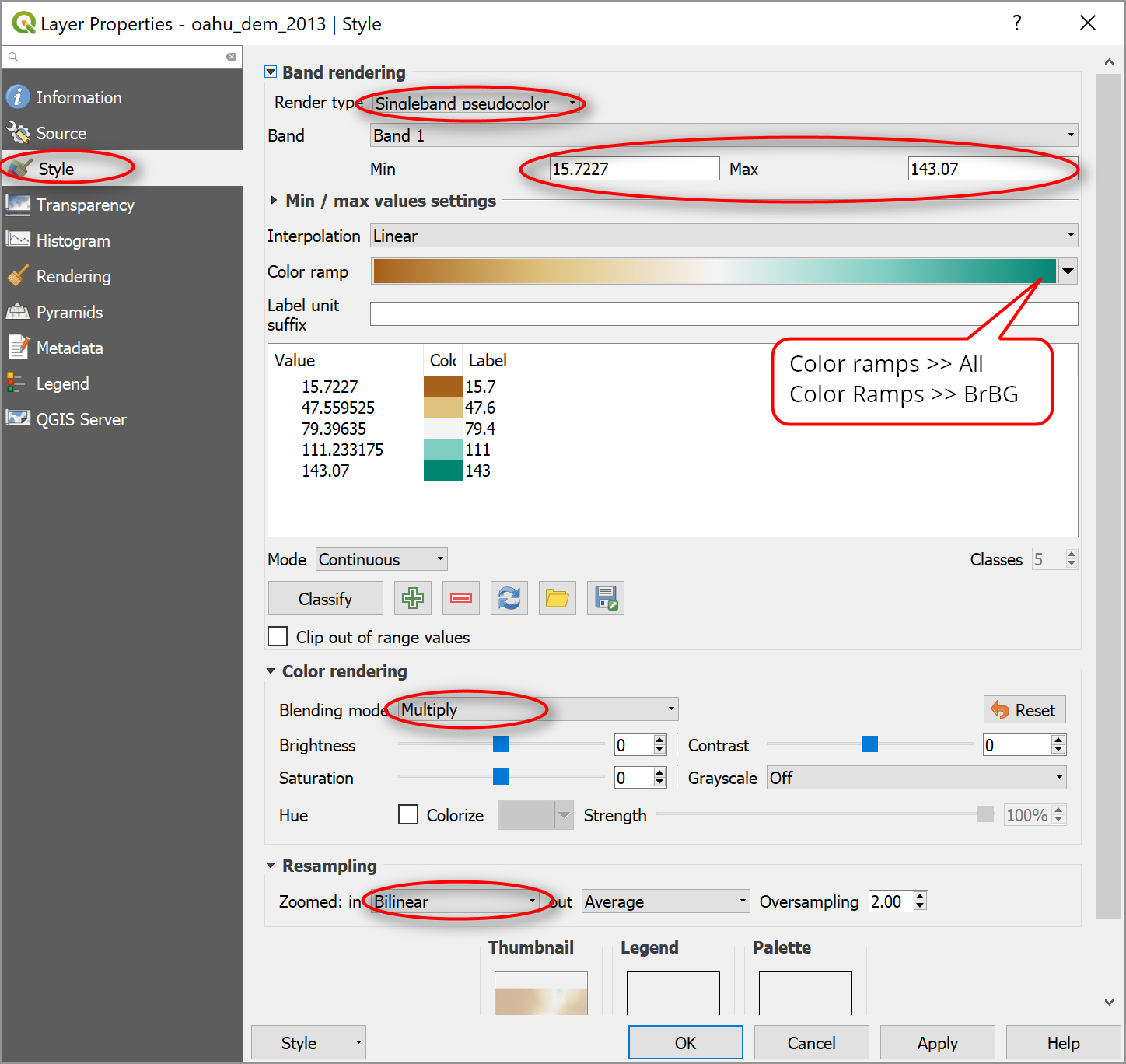This post is a very quick guide on adding basemaps in QGIS 3.0. There are probably lots of options but these are the 3 that I prefer to quickly add many types of basemaps for use in QGIS.
1. Quick Map Services Plug In
Using the QuickMapServices Plugin is probably the easiest way to add basemaps in QGIS. This beloved plugin has just been updated to work with the new QGIS 3.0. To add in the plugin just do the following:
Open QGIS. Go to Plugins Menu >> Manage and Install Plugins...
In the Plugins Window, search for QuickMapServices then click Install button. Note if you have this plugin installed from a previous version of QGIS then it may have been updated as well.
After it installs, you should be able to find QuickMapServices button in the Web Toolbar.
Click on the button to get the drop down menu >> Settings. In the QuickMapServices Settings window, go to the More Services tab >> Click Get Contributed Pack to get more basemaps. Then go to the Visibility tab and turn on/off the basemaps you want to display in the menu
2. XYZ Tiles
The second way to add basemaps in QGIS is to use XYZ Tiles by connecting to a tile service. Right click on XYZ Tiles >> New Connections. In the XZY Connection window, fill in the info and you should be good to go.
But if you prefer to use a script to add in multiple basemap sources at once, here is a python script to do just that -- it is super handy. Much thanks and appreciation to the many out there for sharing their work. Go to https://raw.githubusercontent.com/klakar/QGIS_resources/master/collections/Geosupportsystem/python/qgis_basemaps.py and copy and paste this in the python console in QGIS.
To open the Python Console, go to Plugins Menu >> Python Console.
Then in the Python Console window, paste in the script that you copied from the URL linked above. Run it and you should see a list of basemaps under the XYZ Tiles in the Browser panel.
That's it! Add basemaps to your heart's content.






















